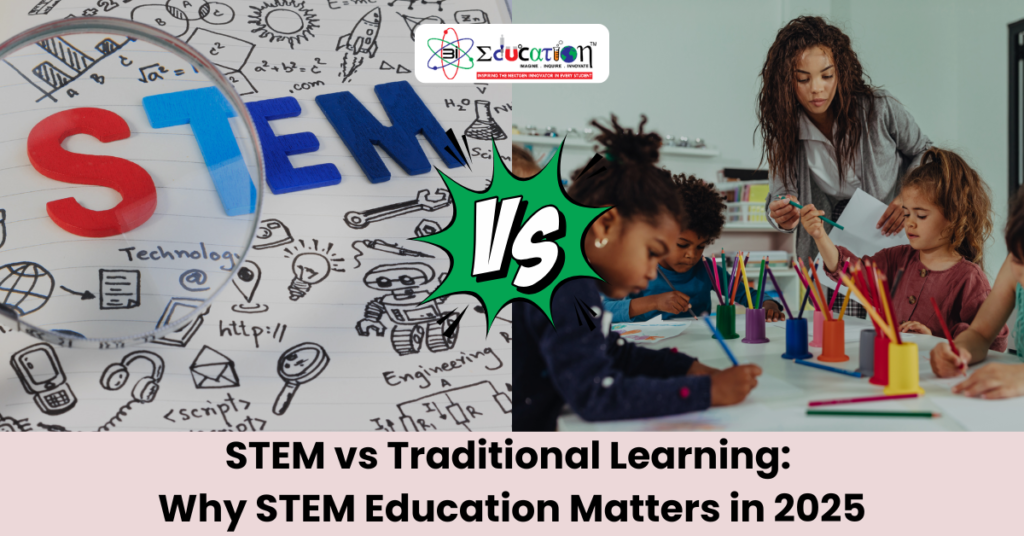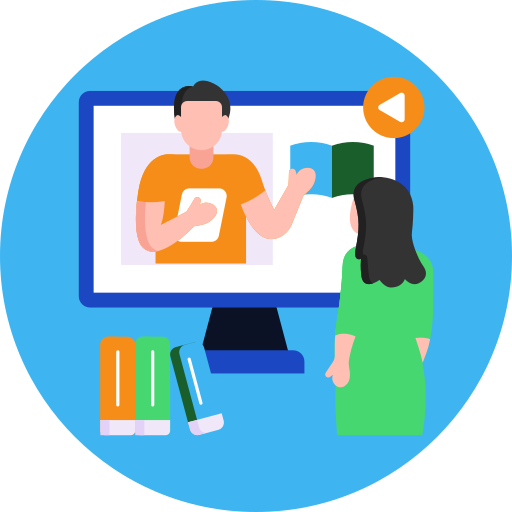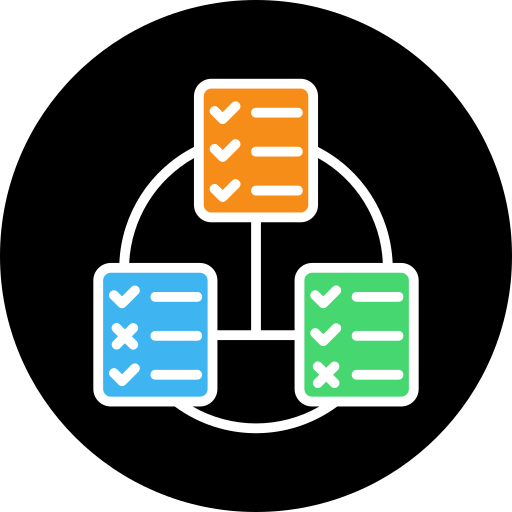STEM vs Traditional Learning: Why STEM Education Matters in 2025
In today’s rapidly evolving world, the way we educate our children plays a crucial role in preparing them for future challenges. As parents of students in grades 1 through 10, understanding the differences between STEM (Science, Technology, Engineering, and Mathematics) education and traditional learning methods can help you make informed decisions about your child’s academic journey. At 3iEducation, we are committed to providing insights that empower parents and students alike. Understanding Traditional Learning Traditional education has long been the cornerstone of our schooling system. It typically emphasizes rote memorization, standardized testing, and a teacher-centered approach where students passively receive information. Subjects are often taught in isolation, with less focus on interdisciplinary connections. While this method has its merits, it may not always foster critical thinking or real-world application of knowledge. What is STEM Education? STEM education, on the other hand, integrates science, technology, engineering, and mathematics into a cohesive learning paradigm. It encourages students to engage in hands-on, problem-solving activities that mirror real-world scenarios. This approach not only makes learning more engaging but also helps students develop skills that are highly valued in today’s job market. Key Differences Between STEM and Traditional Learning Why STEM Education Matters in 2025 The demand for STEM-related jobs is on the rise. According to the U.S. Bureau of Labor Statistics, occupations in STEM fields are projected to grow significantly faster than non-STEM occupations in the coming years. This trend underscores the importance of equipping our children with the skills necessary to thrive in a technology-driven world. Moreover, STEM education fosters adaptability. In a landscape where technological advancements are constant, the ability to learn and apply new information is invaluable. By engaging in STEM learning, students become lifelong learners prepared to navigate and contribute to an ever-changing society. How 3iEducation Supports STEM Learning At 3iEducation, we recognize the pivotal role STEM education plays in shaping future leaders and innovators. Our programs are designed to make STEM subjects accessible and exciting for students from grades 1 to 10. Through interactive lessons, hands-on projects, and real-world applications, we aim to ignite curiosity and a passion for discovery in every child. Conclusion Choosing between STEM and traditional learning methods is a significant decision for any parent. While traditional education provides a foundational understanding, integrating STEM approaches can enhance your child’s learning experience by developing critical skills necessary for future success. As we move further into 2025, embracing STEM education can open doors to numerous opportunities, ensuring our children are well-prepared for the challenges and innovations that lie ahead. By partnering with educational institutions like 3iEducation, you can provide your child with a balanced and forward-thinking education that combines the best of both worlds. Source : JRA Educational ConsultingSource : Bright HorizonsSource : Miracle RecreationSource : School of Education Online





